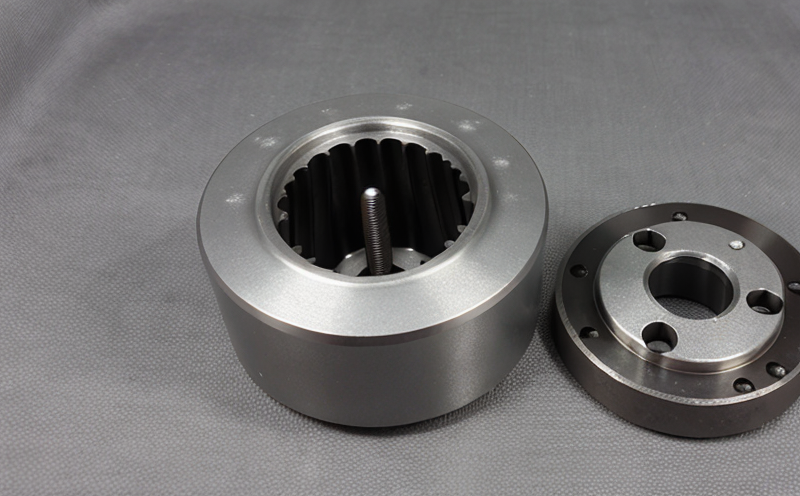ASTM B214 Sieve Analysis of Metal Powders
The ASTM B214 sieve analysis is a critical test used to evaluate the particle size distribution of metal powders. This method ensures that powder metallurgy and additive manufacturing processes achieve consistent quality, which is essential for the production of high-performance components.
Particle size distribution plays a pivotal role in determining how metal powders behave during processing. For instance, in powder metallurgy, the distribution affects sintering behavior, density, and mechanical properties of the final product. In additive manufacturing, it influences the layer adhesion, build quality, and overall strength of the part.
The ASTM B214 method employs a set of sieves with progressively finer mesh sizes to separate metal powder into various fractions based on particle size. The collected fractions are then weighed or counted to determine their relative amounts within the sample. This information is used to calculate cumulative percentages, which provide a detailed profile of the powder's particle size distribution.
Accurate sieve analysis helps in optimizing process parameters such as mixing time and energy input, ensuring that powders meet the required specifications for specific applications. For example, aerospace components require powders with consistent particle sizes to ensure uniformity and reliability, while automotive parts may demand more precise control over powder properties to enhance performance.
The ASTM B214 method is widely recognized in industries such as metallurgy, engineering, and manufacturing where precision in material properties is paramount. By adhering to this standard, laboratories can provide reliable data that contribute to the continuous improvement of manufacturing processes and product quality.
Why It Matters
The ASTM B214 sieve analysis is crucial for ensuring that metal powders meet the required specifications for their intended applications. Particle size distribution significantly impacts various aspects of powder metallurgy and additive manufacturing, including:
- Sintering Behavior: Consistent particle sizes lead to more uniform sintering processes, resulting in higher density and improved mechanical properties.
- Bond Strength: Optimal particle size distribution enhances the bonding between powder particles, leading to stronger final products.
- Flowability: Properly sized powders flow more easily during processing, reducing clogging issues in feed systems.
- Additive Manufacturing Quality: Consistent particle sizes improve layer adhesion and build quality in additive manufacturing processes.
Applied Standards
| Standard | Description |
|---|---|
| ASTM B214-19 | American Society for Testing and Materials standard for sieve analysis of metal powders. |
| ISO 565:2019 | International Organization for Standardization standard for particle size distribution using sieves. |
Benefits
- Precision in Process Optimization: Ensures that all parameters are set to achieve the desired particle size distribution.
- Consistent Quality: Guarantees uniformity in the production of metal components, reducing variability and defects.
- Enhanced Performance: Improves the mechanical properties and reliability of end products by optimizing powder characteristics.
- Regulatory Compliance: Ensures that all processes adhere to industry standards and regulations, enhancing trust in product quality.





